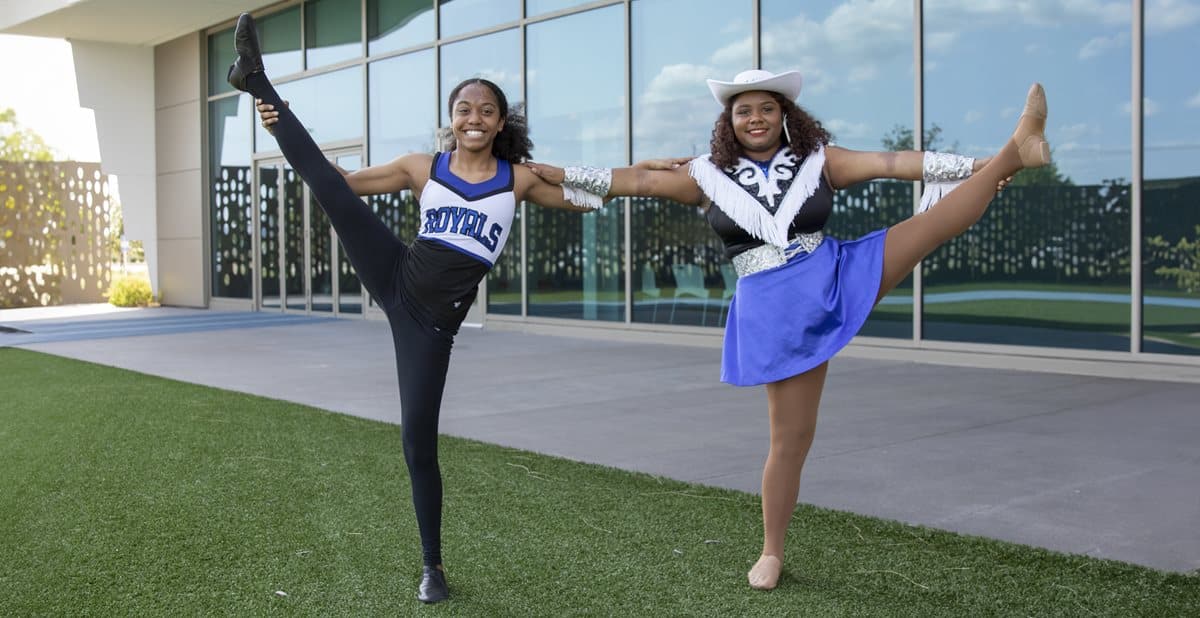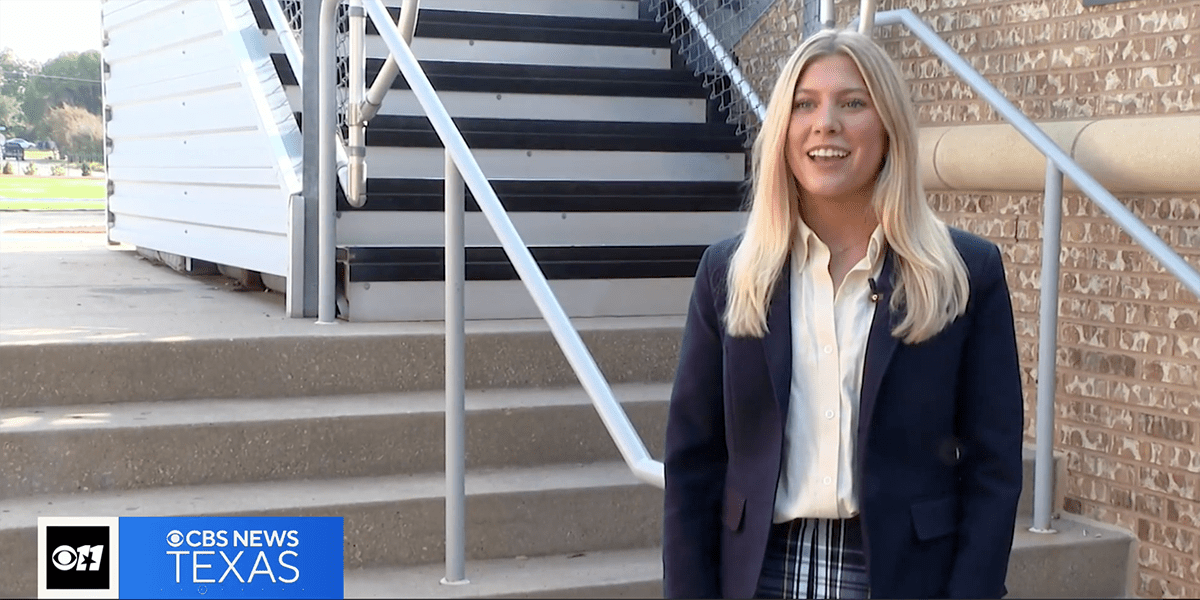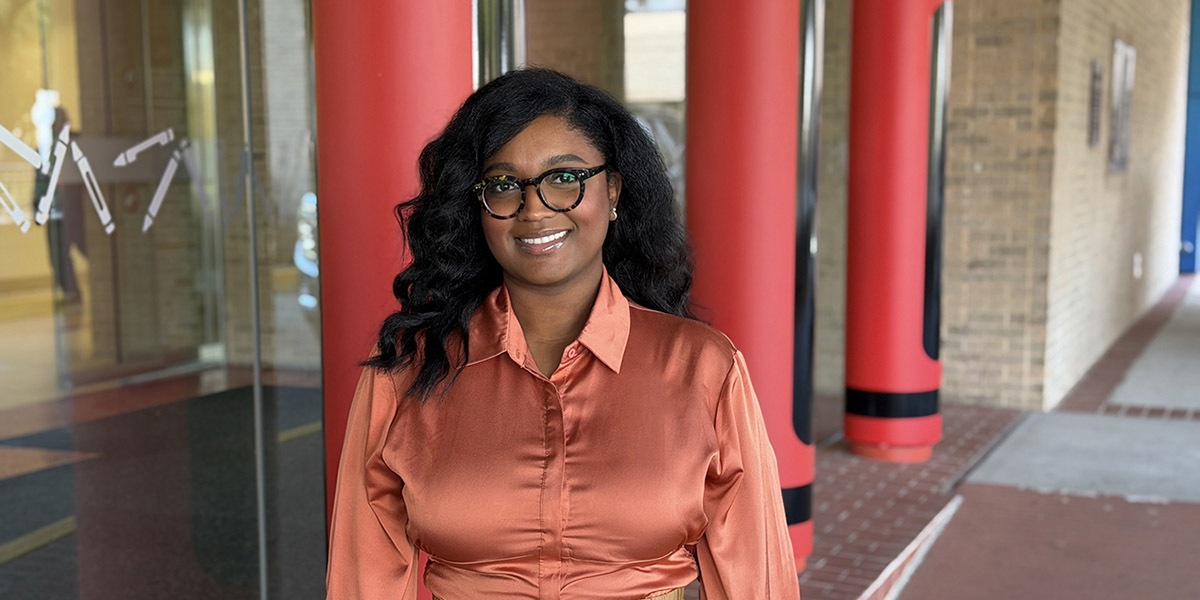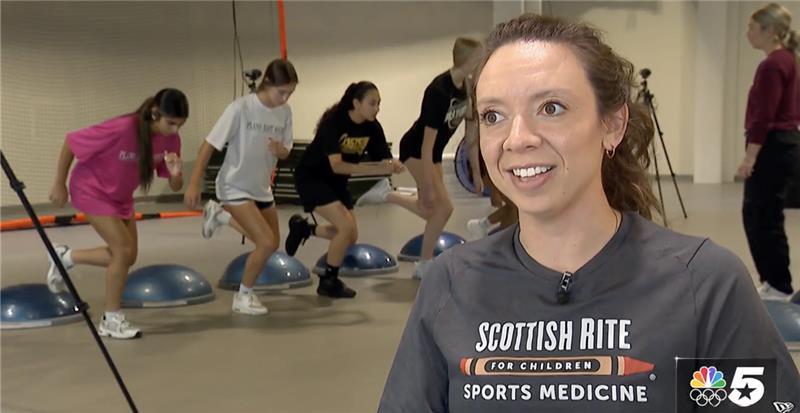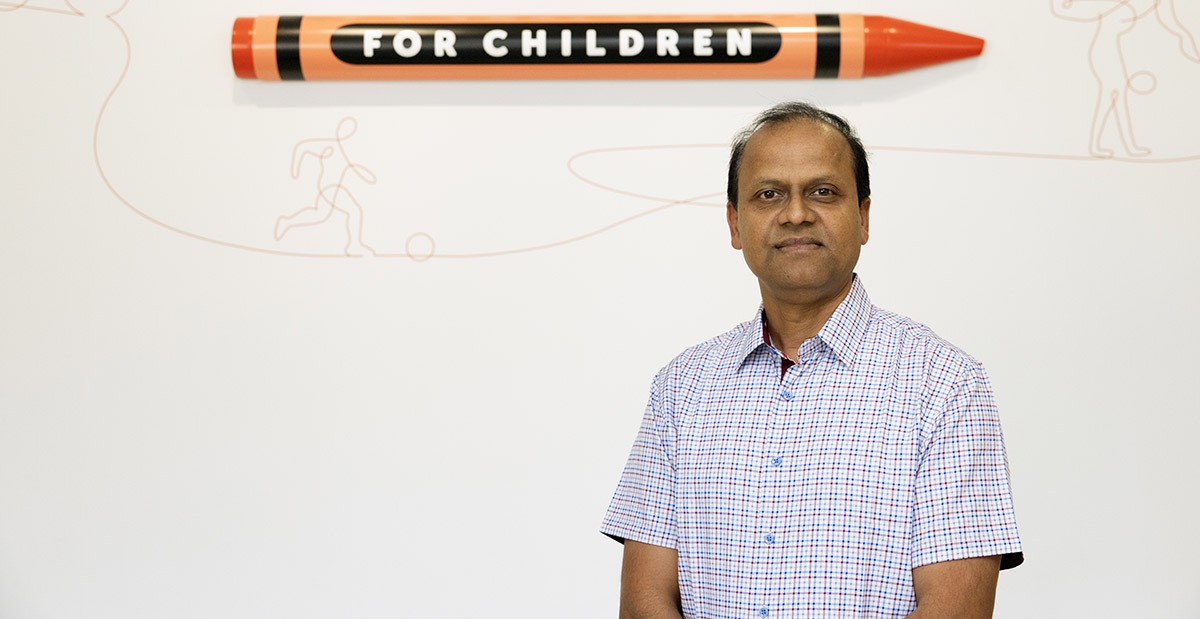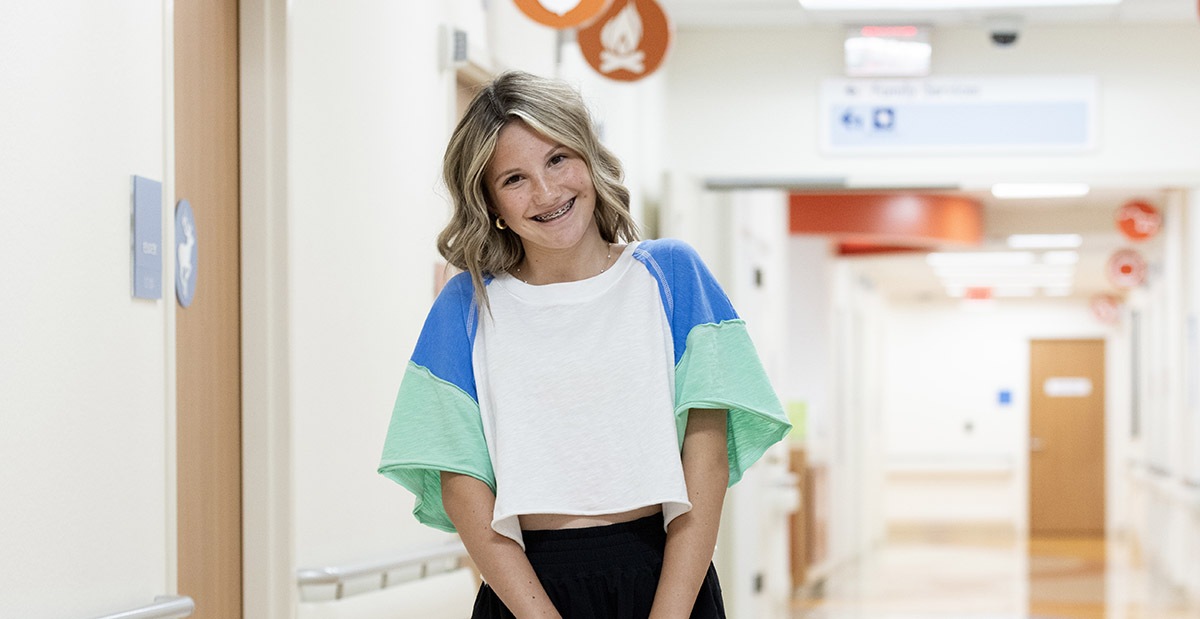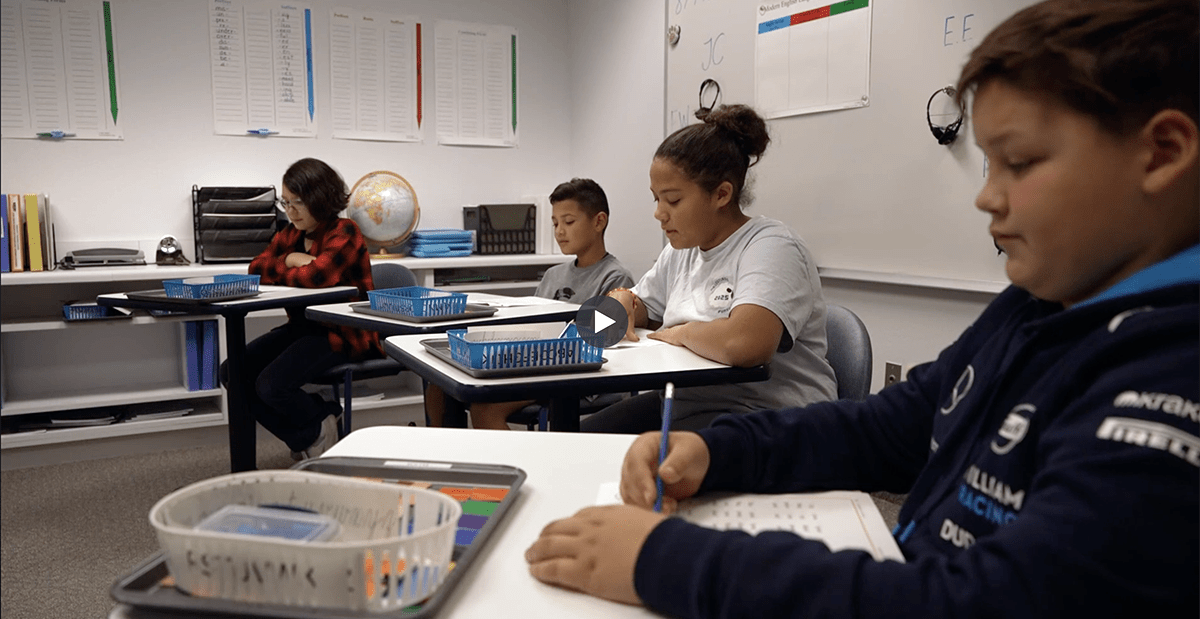If your child complains of pain in his or her legs at the end of the day, growing pains may be the cause. In most cases, these common pains are nothing to worry about. Still, understanding the possible causes and symptoms of leg pain can help you recognize when to seek medical advice. Here are answers to five common questions about growing pains to help your child get the right care.
1. Are Growing Pains Real?
Growing pains are a group of symptoms that commonly affect children ages 3 to 12. These symptoms are real, uncomfortable and may affect sleep. However, growing pains are not usually a reason for concern and do not cause long-term damage or issues. In some cases, though, symptoms may indicate a serious medical condition.
2. What Are the Symptoms of Growing Pains?
The most common symptom of growing pains is pain behind the knees, in the lower legs or in the thighs. Children feel this pain at night typically in both legs. Some children also experience abdominal pain or headaches along with leg pain. Symptoms tend to come and go over weeks or months and do not significantly affect activity. The pain usually does not occur every day and may go away for several days or weeks before returning.
3. What Causes Growing Pains?
Although growing pains are real, they aren’t related to growth or growth spurts. No one knows the actual root cause. However, doctors and researchers have identified several possible causes and risk factors, including:
-
Anxiety, irritability or stress: Children with higher levels of these feelings may be more likely to experience growing pains. Having a parent with high anxiety or stress levels may also increase the risk.
-
Decreased bone strength: Weakened bones may develop if your child does not get enough vitamin D, leading to growing pains.
-
Foot issues: Children with feet that turn inward and have a low arch, also called flat feet, are more likely to get growing pains.
-
Genetics: Growing pains tend to run in families.
-
Hypermobile joints: Children who have loose joints or joints that can move past the normal range of motion have a higher risk of experiencing growing pains.
-
Increased sensitivity to pain or outside stimulus: Some evidence suggests children who have growing pains are more sensitive to pain than others their age. Similarly, sensory processing issues may be related to growing pains.
-
Overuse: Symptoms of growing pains are often worse after excessive physical activities.
-
Vitamin D deficiency: Sometimes, growing pains
-
are associated with low vitamin D levels.
Growing pains may not have a single cause. They usually develop for a combination of reasons.
Although restless legs syndrome does not cause growing pains, symptoms of the conditions often overlap. Children with restless legs syndrome may also have a higher risk of growing pains.
4. How Can You Help Relieve Your Child’s Symptoms?
If your child has growing pains, there are many things you can do to reduce their pain, including:
-
Gently stretching painful leg muscles
-
Giving your child an over-the-counter pain reliever, such as acetaminophen
-
Massaging the painful area
-
Offering emotional support and letting your child know you are there for him or her
-
Placing a heating pad or warm compress on the painful area
-
If another underlying health condition causes growing pains, children often benefit from additional treatments, such as:
-
A vitamin D supplement to address a deficiency
-
Increased calcium intake to improve bone strength
-
Mental health support to learn how to manage anxiety or stress
-
Physical therapy for hypermobile joints
-
Shoe orthoses for flat feet
5. When Should My Child Need See a Health Care Provider for Leg Pain?
No matter the underlying cause, it’s always a good idea to talk with your child’s health care provider if he or she is experiencing new or worsening leg pain.
Although these are not signs of growing pains, make an appointment with your child’s health care provider if he or she has one or more of the following symptoms:
-
Leg pain accompanied by a fever, significant decrease in appetite or weight loss for no known reason
-
Joint pain in the legs
-
Muscle pain in the legs during exercise or in the morning
-
Rash on one or both legs
-
Unexplained bruising or swelling in one or both legs
The provider can help determine the cause of growing pains, rule out other medical conditions, and suggest treatments or techniques to ease your child’s symptoms.


